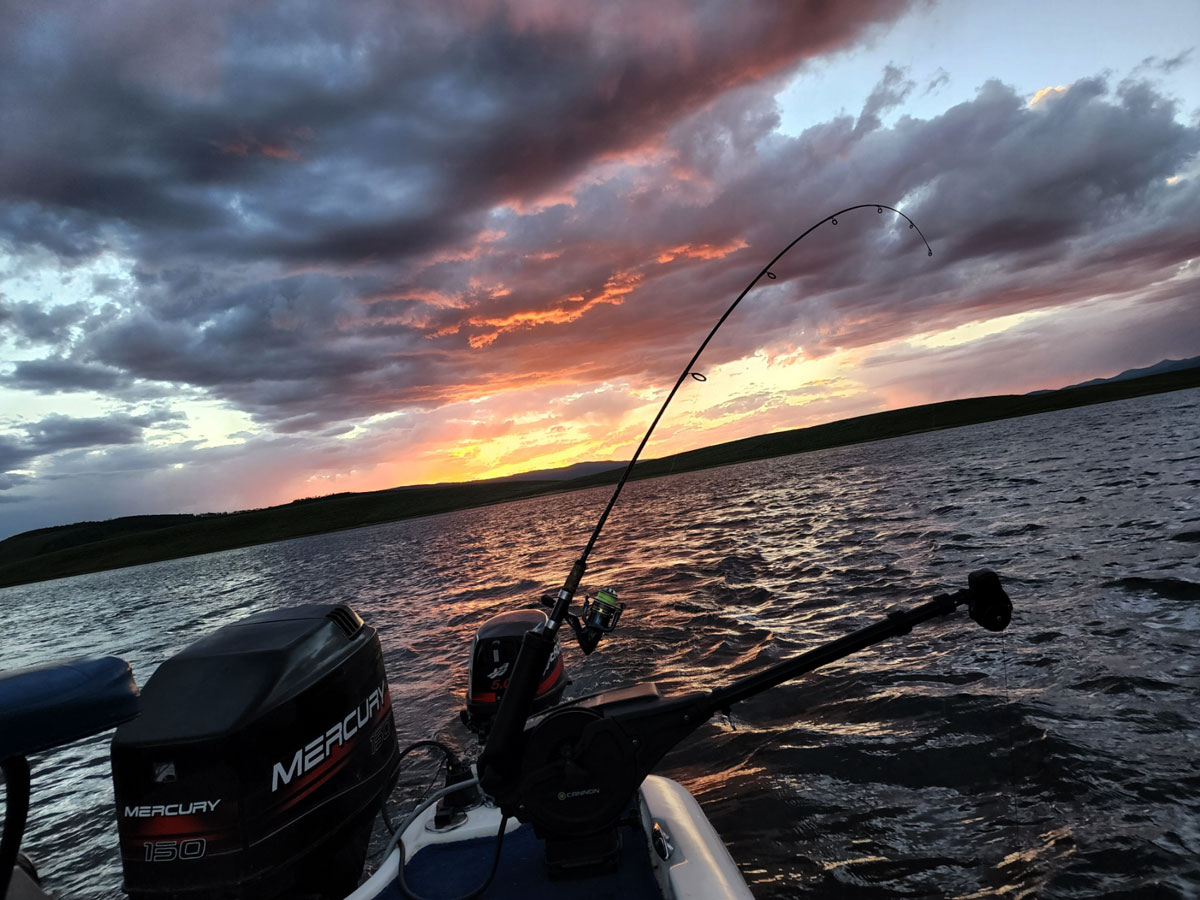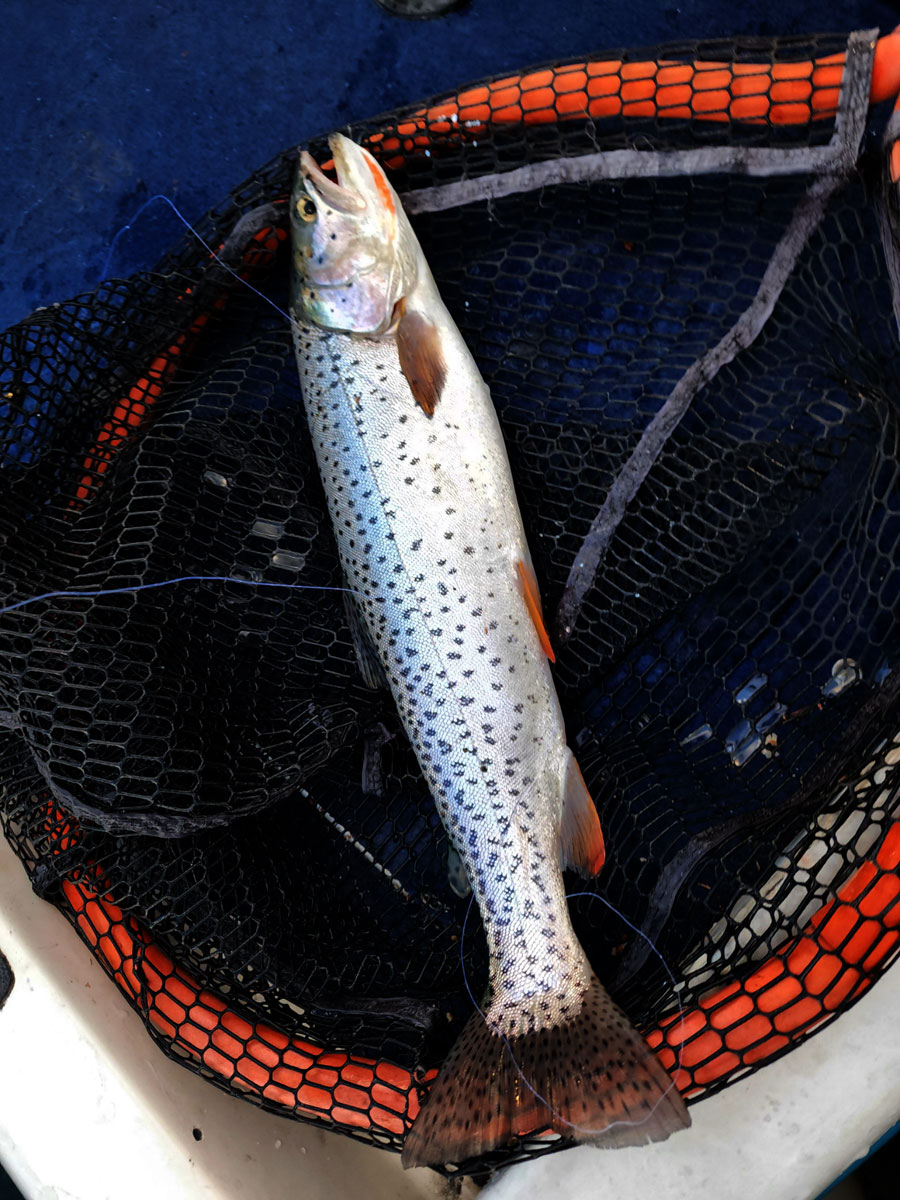 Dave Webb
Dave Webb
July 20, 2022
We fished Strawberry recently and noticed changing conditions, making it important to use-dog-days-of-summer techniques. At the surface, the water temp was 70deg F. That's very warm. When the water warms, trout and salmon move deeper to find cooler water. That's particularly true of big fish. We caught plenty of cutthroat and a few rainbows down about 20 feet. Kokanee fishing was more of a challenge because they were holding down 40-50 feet or deeper.
If you are fishing from shore, look for the deepest water you can reach and float baits up just off the bottom.
Many anglers find the best success trolling, using downriggers or some other device to get lures and baits deep. Some people also have success casting heavy jigs tipped with bait, allowing time for the hook to sink deep.
Early mornings and late evenings are the best time to fish, but action can be good throughout the day if you work slowly getting deep.
Wind is a factor most afternoons. At Strawberry, mornings are often calm but thunderstorms and wind can develop any afternoon, even if storms are not in the forecast. Sometimes winds calm just before sunset but often they continue to blow into the night. If there is a light wind, you can do well drifting slowly, letting the breeze push you along. If it is blowing much, and you want to jig deep, you need to anchor or use a trolling motor to slow your speed. (If you move very fast, your lure or bait will be pulled toward the surface and you won't get deep enough.
When people troll using downriggers, a common problem is adjusting the release clip so it doesn't release before a fish hits, but it does release when you get a strike. If you don't have enough tension on the release, it will pop on its own as you lower the ball. If you have too much tension, it won't pop even when a small fish strikes. Often, anglers drag small fish around for several minutes before they release they have a fish on.
Many experienced trollers recommend the Chamberlain downrigger release. It costs a bit more but gives you the capacity to fine-tune the tension so you don't have false releases but it does pop when a fish hits.
No matter what release you use, watch your rod and the downrigger cable. If your rod starts to bounce up and down, pop the line loose and you will probably have a fish. If the angle of the downrigger cable changes, moving the ball farther behind the boat, and you haven't changed speed, there is a good chance you have a fish.
Some of the biggest kokanee of the season will be aught in late July and August before the mature fish start to color up and begin spawning. By mid-September, kokanee will be protected from harvest to give them a chance to reporduce.
Days are long and warm and it is fun to get out on the water. Just adjust tactics to catch those deeper fish.
We've had great fun on recent trips.


